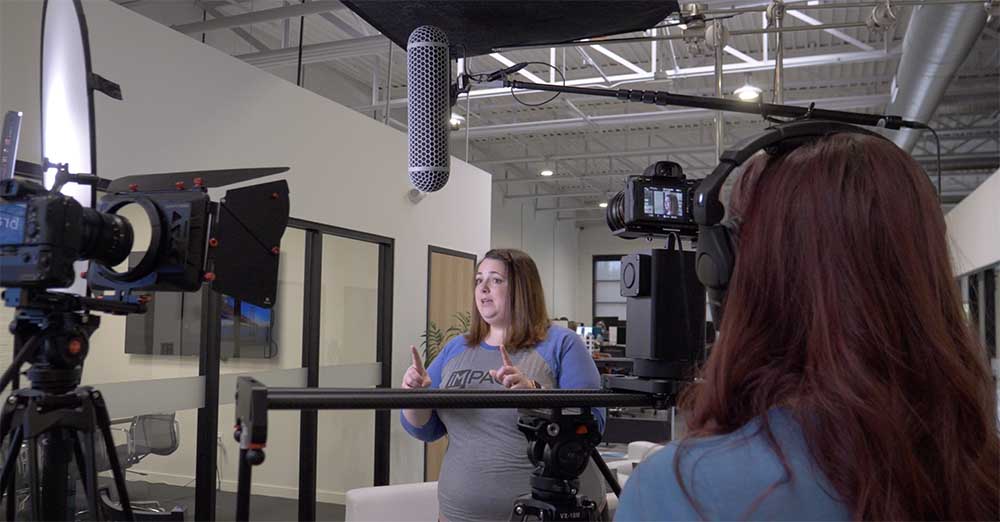
Video production is a complex and time-consuming process that requires careful planning and execution to ensure that the final product meets the client’s expectations. A successful video production workflow is essential to manage the project effectively and delivering high-quality results. This article will discuss how to develop a successful video production workflow that can help you streamline your process and improve your output.
1. Establish the Goal and Scope of the Project
Before you begin any video production, it is important to establish the goal and scope of the project. This includes identifying the target audience, the message you want to convey, and the overall vision for the project. Once you have a firm grasp of the project’s objective, you can begin to plan the production process accordingly.
2. Develop a Timeline and Schedule
Once you have established the project’s scope and goals, the next step is to create a timeline and schedule. This will help you stay organized and ensure that each step of the production process is completed on time. Be sure to factor in any potential delays or unexpected changes.
3. Assemble the Team
Video production involves several roles, including producers, directors, camera operators, sound technicians, editors, and more. Assemble a team of professionals with the skills and experience necessary to bring your vision to life. Ensure everyone is aware of their roles and responsibilities and that everyone is working together towards a common goal.
4. Plan the Pre-Production Phase
The pre-production phase is the planning stage of the video production process. It involves developing the concept, writing the script, storyboarding, scouting locations, and casting actors. This phase lays the foundation for the production process and lays the groundwork for a successful shoot.
5. Conduct the Production Phase
The production phase involves capturing all the footage needed for the final product. This includes setting up the equipment, filming the scenes, and capturing audio. Ensure everyone on the team is on the same page and working together to get the shots needed for the final product.
6. Post-Production Phase
The post-production phase is where all the magic happens. This involves editing the footage, adding music and sound effects, color grading, and visual effects. This phase requires high skill and attention to detail to ensure the final product is polished and professional.
7. Finalize and Deliver the Project
Once the post-production phase is complete, it is time to finalize and deliver the project to the client. This includes exporting the final product in the desired format and delivering it to the client. Make sure to conduct a final review of the project to ensure everything is in order before delivering it to the client.
Conclusion
Developing a successful video production workflow requires careful planning and execution to ensure the final product meets the client’s expectations. Establishing the goal and scope of the project, developing a timeline and schedule, assembling the team, planning the pre-production phase, conducting the production phase, completing the post-production phase, and finalizing and delivering the project are all essential steps in the video production process. By following these steps, you can develop a successful video production workflow that can help you streamline your process and deliver high-quality results.
